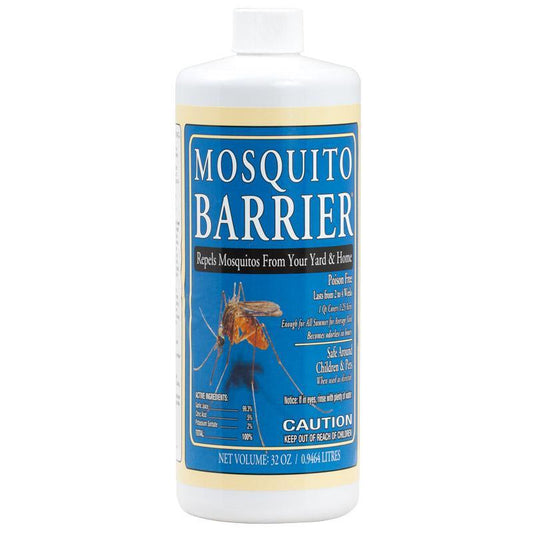Guard Your Yard
Ticks like to live in tall grass and brush, and hide in leaf litter and debris. Landscape your yard to reduce tick populations by keeping the lawn mowed, removing leaf litter and other hiding places, and installing a three-foot wide strip of wood chips between natural and cultivated areas to discourage tick migration. Ticks travel on rabbits, deer, raccoons, and stray dogs. Installing fencing around the yard can help reduce tick populations by preventing these animals from carrying ticks into your yard. Larval ticks travel on smaller animals such as rodents, so it is also a good idea to remove any brush piles and other areas where mice and rats like to live. While you should protect yourself and your pets against ticks throughout the year whenever temperatures are above freezing, this is especially necessary from April to September when they are most active. Using tick repellent sprays and wearing long, loose pants when walking through tick habitat can help prevent bites. Talk to your vet before using tick repellents on pets, as some kinds are not safe for your animals.
A Tick’s Life
Both male and female ticks must feed on blood during every stage of life after hatching from the eggs. For most species, larval ticks feed on small animals such as birds, amphibians and rodents; as they mature into nymphs and then adults, they search out larger creatures such as deer or humans. Unlike the blood-sucking mosquito, ticks cannot fly – or even jump – to grab onto a new food source. Instead, they position themselves on well-used paths, where they sit on the tip of grass or other foliage with their front legs outstretched. Whenever a suitable host brushes into them, they climb aboard. Some ticks will begin to eat immediately, and others will wander around to find a better spot to attach themselves. Once they are ready to feed, the tick pierces the skin and inserts its feeding tube, which is sometimes barbed. Most species also “glue” themselves in place for the meal. It may also inject a numbing chemical through its saliva so the host doesn’t notice the bite. The process of attachment can take a matter of minutes or up to several hours. It will then feed for several days. When it is done, it will drop off and either enter a new life stage or find another host.
Ugh, There’s a Tick On Me!
Check yourself, your children and your pets regularly for ticks. If you or your pets have been outdoors in an area where ticks are likely to be found, this is especially important; also check clothing and gear where the ticks may have traveled home with you. Teach your kids about tick protection too, here’s an helpful comic strip from the CDC. If you find one, remove it right away. Using the proper tool, such as a Tick-Ease, can help to remove the tick fully and cleanly. Ticks can be found anywhere on the body, but are most likely to bite in a place where it feels more sheltered and the skin is thinner, such as in the underarm, around the waist, in the belly button, behind the knees, in or around the ears, or in the hair.Here a Tick, There a Tick
There are many species of ticks, but only seven species in the U.S. are known to transmit disease by biting humans. One or more of these species is found in every state in the country. Distribution maps and disease risks for each species is available from the CDC’s website. Each species only transmits certain diseases, so if you develop symptoms after being bit by a tick, it is important to be able to tell your doctor where that tick may have come from in order to be correctly diagnosed. Whether you're working in your yard or hiking in the wilderness, keep yourself and your pets healthy by preventing tick bites.
Resource Area: Effective Tick Removal Tool Demo
Watch our demo to see proper tick removal in action and why our tool simplifies the process:
- Ticked Off Tick Remover – Demonstrates a single‑motion tool for safely removing ticks from people and pets.


